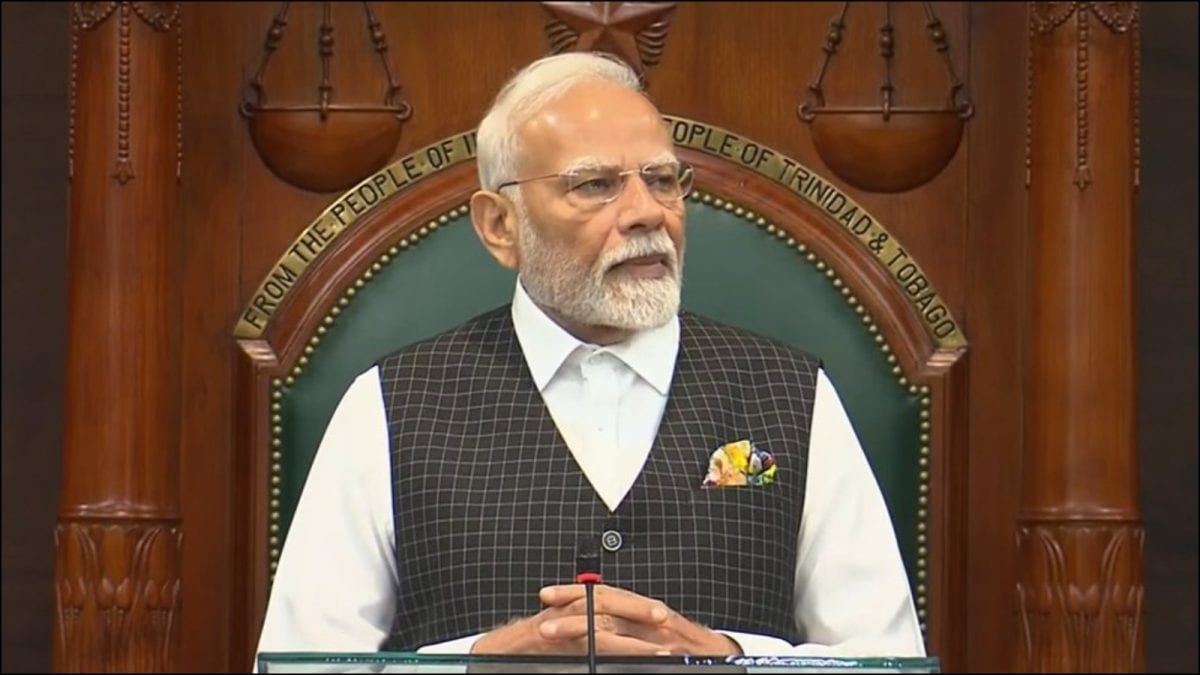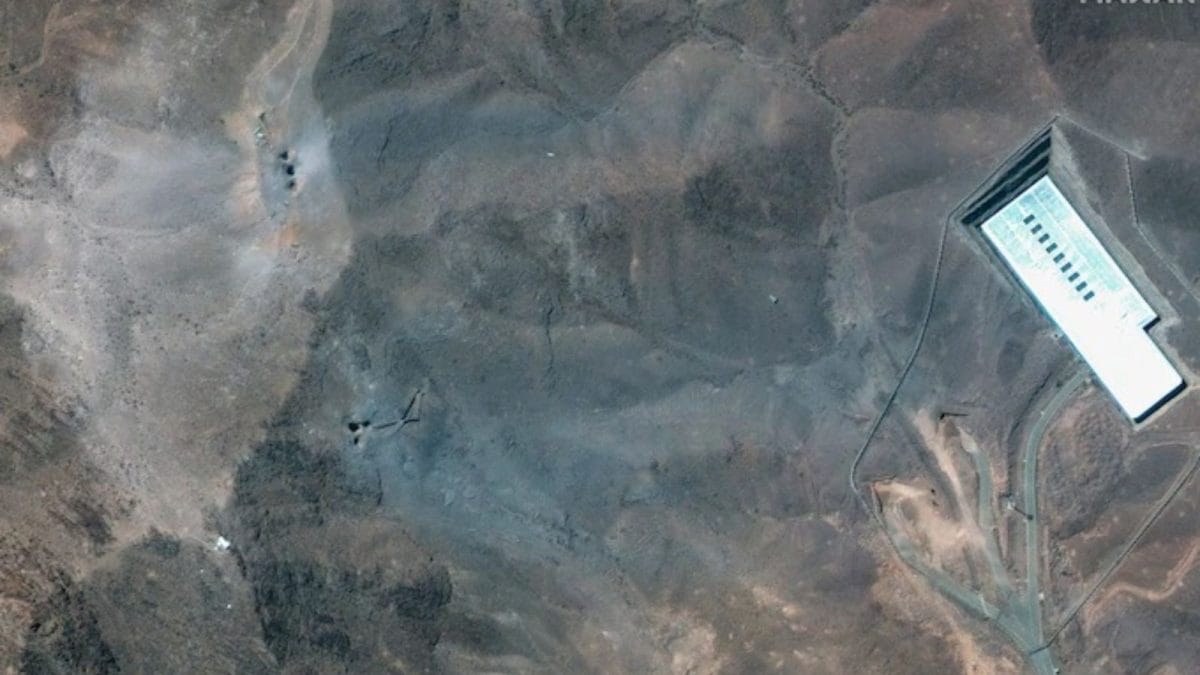ARTICLE AD BOX
Last Updated:July 04, 2025, 17:19 IST
Sources said the battle was a testbed for fifth-generation, multi-domain conflict orchestrated by China, executed by Pakistan, and augmented by Turkey

There are those who argue that war is improbable, if not impossible, in the nuclear age. (PTI File)
During DGMO-level ceasefire talks in May, Pakistan provided precise details of Indian strike vectors, sourced through Chinese satellites, SIGINT aircraft, and radar sweeps, exposing Beijing’s “proxy war" tactics, top security sources told CNN-News18 on Friday.
Indian encrypted communications were intercepted via Chinese ELINT platforms, compromising target secrecy and enabling precise Pakistani counterstrikes, they added.
Pakistan executed strikes with unusual precision, using 81% of its combat inventory—J-10C jets, PL-15 missiles, and EW modules—and treated the conflict as a live weapons lab, the sources said.
Bayraktar TB2 drones, accompanied by trainers and pilots, were deployed for persistent aerial surveillance and guided artillery barrages.
Electronic Warfare: India’s Project Kautilya jammers disrupted Chinese-Pakistani ISR channels, neutralising enemy drones and artillery accuracy.
Standoff Strikes: SkyStriker drones, BrahMos, and SCALP-EG cruise missiles replaced manned missions; target decisions were compressed to under 60 minutes to evade ISR leaks.
Army, Air Force, and Navy units were synchronised under a dynamic control grid, limiting adversary ISR exploitation.
National security adviser Ajit Doval briefed the US, Russia, the UK, and Gulf partners, securing strategic backing and exposing Chinese covert aggression.
Battlefield Dominance: India’s inability to cloak troop movements in real-time proved costlier than ordnance losses.
Proxy Warfare Now Precision-Guided: China’s indirect participation weaponised both Pakistan and Turkey, avoiding diplomatic fallout.
Future Warfare Will Be Sensor-Driven, Not Tank-Driven: The enemy’s advantage lay in seeing first and striking first—ISR denial must now drive India’s force posture.
Rapid Tactical Agility is India’s Edge: India’s swift transition to drone-based strikes, electronic warfare, and theatre-level command within 48 hours stalled the adversary’s momentum.
Operation Sindoor was not a conventional war, said the sources. It was a testbed for fifth-generation, multi-domain conflict orchestrated by China, executed by Pakistan, and augmented by Turkey, they added. India’s strategic success, said the sources, lay not in battlefield wins but in recognising and rapidly adapting to this paradigm.
Group Editor, Investigations & Security Affairs, Network18
Group Editor, Investigations & Security Affairs, Network18
- Location :
- First Published:
News world How Pakistan Exposed China's 'Proxy Warfare' Tactics During India's Operation Sindoor | Exclusive



.png)
.png)
.png)
















 4 hours ago
8
4 hours ago
8










 English (US) ·
English (US) ·